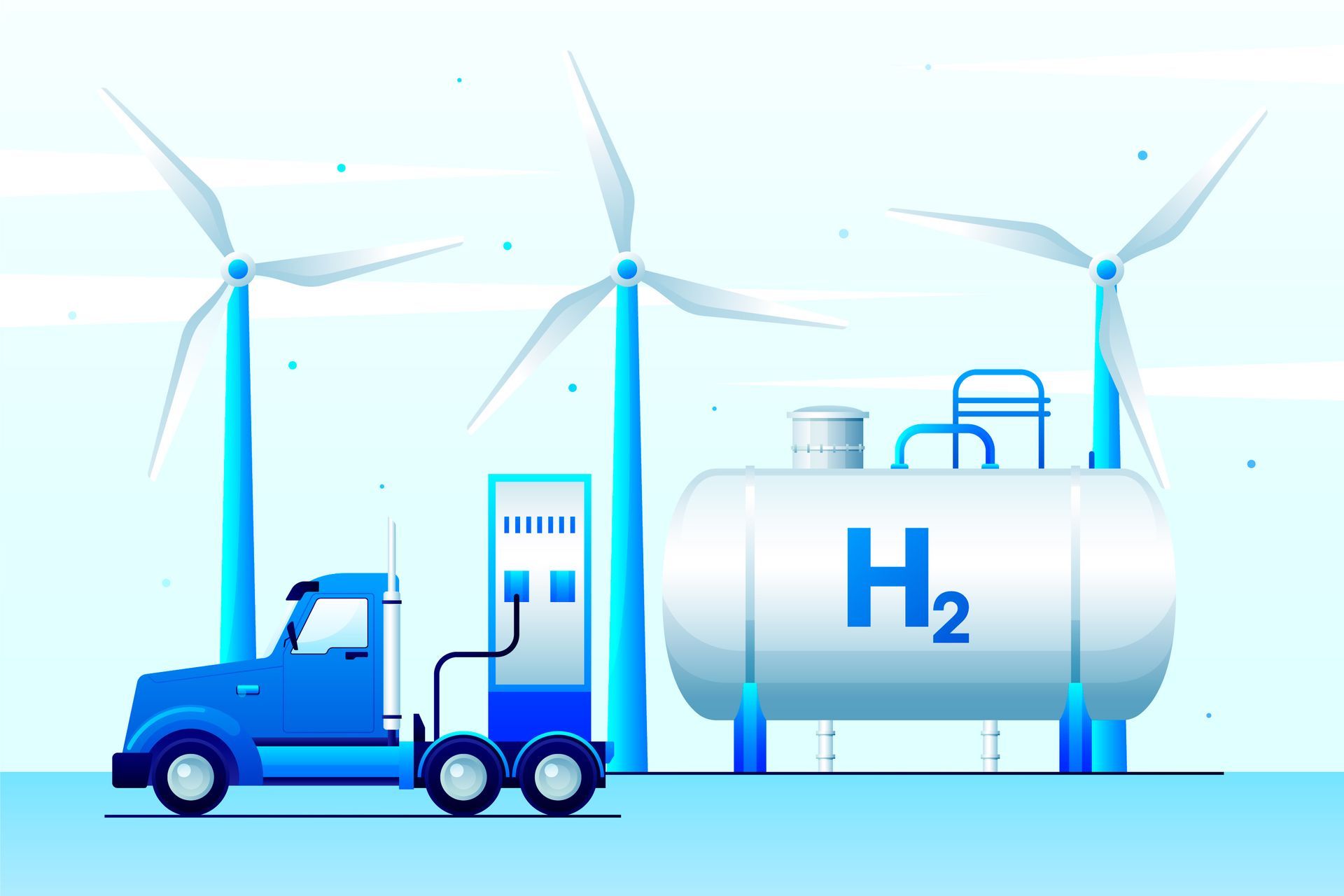HOW TO SUPPORT CHILDREN’S SCIENCE LEARNING?
Children’s science learning is a vital part of their education and development. However, with the increasing pressures of everyday life, many children find it difficult to devote the time and energy necessary to learn science at a level that will benefit them in the future. Explore some ways in which researchers in Europe are supporting children’s science learning that can help your children stay engaged and motivated in their science classes.
As parents and teachers, it is your responsibility to create a supportive environment for children’s science learning. It can often be difficult to know how best to do it since there are so many variables and opinions at play. But with the right techniques, you can give all children the opportunity to develop strong fundamentals when it comes to science education. Look at the strategies you can use today to foster scientific understanding among European researchers’ students and ultimately boost success in school and beyond.
Why is science important for early childhood education?
Here are the key reasons why children must learn science:
#1. Science encourages children to ask questions and seek answers
It is done through scientific inquiry, which is a process of asking questions, observing the world around them, and testing hypotheses. This process helps children understand how the world works and develops critical thinking skills.
#2. Science helps children understand the natural world
It is achieved by teaching children about the different parts of the world and how they work together. For example, children can learn about the water cycle, the seasons, and the plant life cycle. This understanding gives children a greater appreciation for the world around them.
#3. Science helps children develop problem-solving skills
It is because much of science is focused on finding solutions to problems. For example, when experimenting, children have to figure out what will happen if they change one variable.
#4. Science helps children develop critical thinking skills
Science helps children evaluate evidence and make reasoned arguments to support their hypotheses. These skills are essential for success in school and obtaining further education. Luckily, there are many writing services such as GrabMyEssay that students can consult to master their writing skills and find the right arguments.
#5. Science helps children develop teamwork skills
Working on projects with other students is another important aspect of science that helps children develop teamwork skills. It is because they have to learn how to communicate with others, share ideas, and cooperate to complete a project successfully.
How can children be encouraged to study science?
Here are the top ten tips you should consider for developing proper support for young learners:
1. Encourage exploration and learning through experiments
Support children’s curiosity by providing them with many tools to explore the world around them. Allow children to ask questions and experiment with materials to gain an understanding of scientific concepts and develop research skills they may need in the future to get an education at the university.
2. Provide accessible science resources
Ensure all students have access to appropriate science resources. For example, books, videos, the best translation services, and online materials to aid their learning.
3. Encourage independent thinking
Promote critical thinking among students by encouraging them to ask questions and form opinions about science-related topics.
4. Introduce interdisciplinary learning
Allow children to identify cross-curricular connections between different disciplines, such as math and science, to foster a deeper understanding of concepts.
5. Connect science with everyday life
Help children make real-world connections between scientific principles and everyday life experiences by providing relevant examples whenever possible.
6. Foster problem-solving skills
Develop problem-solving skills among students by introducing hands-on tasks or activities that involve the process of trial and error.
7. Utilize real-world examples
Help children relate to scientific concepts by presenting real-world examples that illustrate complex ideas in simple terms.
8. Stay up to date on current scientific discoveries
Take the time to stay informed of cutting-edge discoveries and advancements in science and any current projects or experiments that can help increase students’ understanding of different topics.
9. Incorporate technology into lessons
Utilize modern technology. For example, computers or interactive whiteboards can help children visualize their learning and make it easier for them to grasp difficult concepts.
10. Promote collaborative learning
Encourage group activities where students can work together, discuss ideas, and share knowledge. This type of learning can help children build confidence and essential skills for problem-solving in the future.
Conclusion
By implementing these tips, you can create an environment that helps foster meaningful scientific exploration among European students and prepare them for success. Whether it involves providing appropriate resources or encouraging critical thinking, these strategies are sure to benefit children as they continue on their journey toward scientific knowledge.
Author: Frank Hamilton
More articles!







